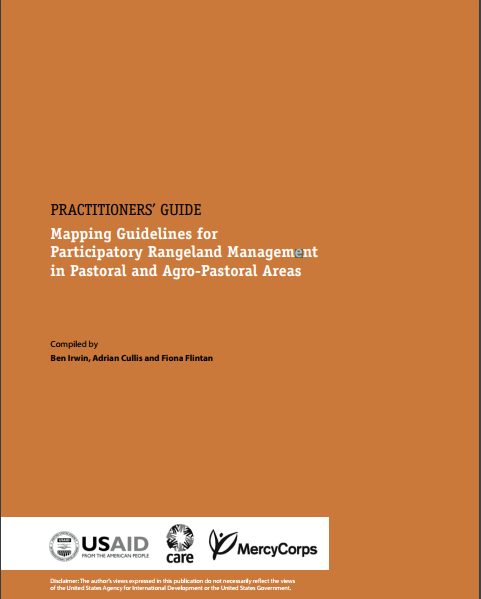This briefing note presents the findings of seven case studies conducted from May to June 2014. The studies were conducted in Bangladesh, Cambodia, India, Indonesia, Laos, Nepal and Thailand and looked into the livelihood and food security among indigenous shifting cultivation communities in South and Southeast Asia. The briefing note provides a summary of the main findings of the case studies and the common recommendations from a multi-stakeholders consultation held August 28-29 in Chiang Mai, Thailand.



